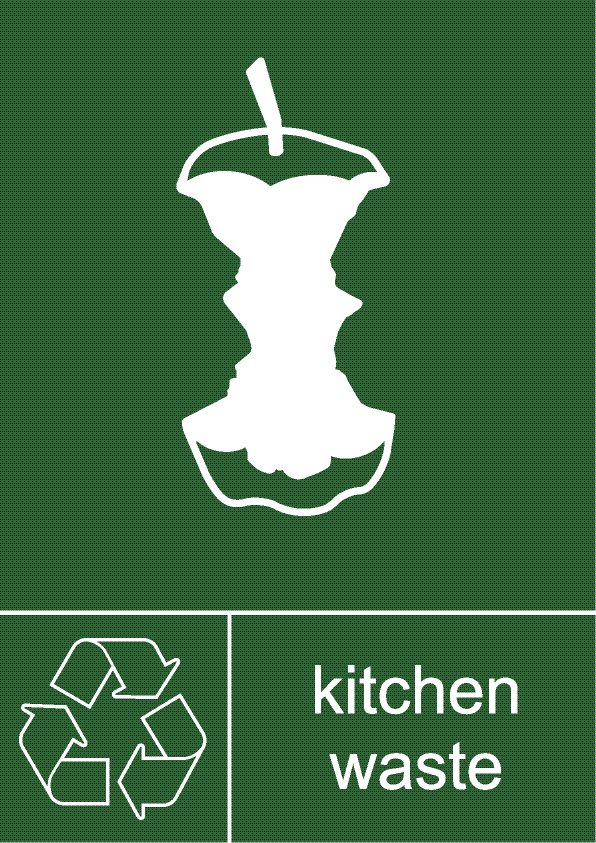 |
While the solution to the problem might seem as simple as “take all you want, but eat all you take,” the reality is that food waste starts long before dinner is served. From farms to distributers to commercial and retail outlets, the trail of wasted food is long and easy to follow. In fact, the USDA and U.S. Environmental Protection Agency (EPA) are not only on that trail, they are taking the lead in trying to change the way we manage food from the farm to the table and every stop in between.
One new initiative cosponsored by both agencies is the U.S. Food Waste Challenge, a program open to food industry members, nongovernmental organizations, and federal, state, and local agencies and governments. The purpose of the new program is to institute a fundamental change in the way food is managed, with emphasis on finding and sharing best practices to reduce, recover, and recycle food across the entire U.S. food chain. The program, which began in June 2013, hopes to have 400 participants by 2015 and 1,000 by 2020.
Forget expensive calls to lawyers and consultants. With Enviro.BLR.com, you get instant access, 24/7. Try it out today and get an the NEW 2014 EHS Salary Guide, absolutely free. Download Now.
Another related program sponsored solely by the EPA is called the Food Recovery Challenge and is intended to help participants set and achieve food recovery goals such as source reduction and donation. The program specifically addresses two unfortunate facts:
(1) That a lot of so-called “waste” food is actually safe and edible, and
(2) That in 2011, 14.9% of U.S. households were deemed “food insecure” (meaning they did not know where their next meal was coming from).
Started in 2012, the Food Recovery Challenge already has 209 participants in education, retail, sports/entertainment, healthcare, waste management, hospitality, government, and other industries.
Assuming the success of these two initiatives and a greatly reduced food waste stream, even the best-case scenario still includes a level of food waste unfit for eating by humans or animals. This waste too can serve a purpose outside the landfill as an industrial feedstock to produce oils, fats, grease, or biofuel, as compost to amend soils, and as a source of renewable energy.
Enviro.BLR.com puts everything you need at your fingertips, including practical RCRA, CAA, CWA, hazardous waste regulatory analysis and activity, news, and compliance tools. Try it at no cost or risk and get a FREE report.
This last use, although at the bottom of the preference list, is actually making food waste a valuable commodity for operators of anaerobic digesters used to produce energy from methane. One such facility began operating at Michigan State University (MSU), in East Lansing, MI, in August 2013 and is the largest university-based digester in the country. The new unit actually helps MSU solve more than the dilemma of what to do with food waste from its 15 dining rooms and other food service venues. Because MSU is the nation’s oldest agricultural college, the school also has a considerable amount of methane-producing fuel in the form of cow manure and the digester is conveniently located on the school’s Dairy Teaching and Research Center farm.
In addition to its own food wastes, MSU’s digester also accepts fruit and vegetable wastes from a regional grocery chain’s local distribution center as well as fat, oil, and grease from local restaurants. Put together, the two wastestreams can efficiently produce 2.8 million kilowatts of electricity per year from 17,000 tons of waste. Thanks to the massive scale of the digester, only 20% is required to sustain the process while the remaining 80% is used to power other campus buildings. Payback on the $5 million digester is anticipated within 15 years.
